Instead of eating the same apples, carrots and spinach every week, why not broaden your horizons and try some new healthy foods? Promote biodiversity and rediscover these four healthy foods: kohlrabi, tempeh, heirloom beans and dried seaweed.
Nature offers so many naturally nutritious, disease-fighting plant foods that it’s worth adding to your plate. In fact, the more diverse your diet is—the more varieties, colors, textures, flavors—the better your nutrient intake and health benefits will be. Not only are these plant-based foods high in protein, slow-digesting carbohydrates, healthy fats, fiber, vitamins and minerals, they are also rich in phytochemicals, nature’s natural defense compounds. Plants are rich in thousands of phytochemicals, which are plant compounds that have antioxidant and anti-inflammatory activities. Phytochemicals are usually pigments in plants, so the more colors in your diet, the more phytochemicals there will be. In fact, eating a diverse diet is even good for the planet! Just 12 species of plants and 5 species of animals make up 75% of the world’s food. However, of the 350,000 known plant species on Earth, at least 30,000 are edible. According to the Food and Agriculture Organization of the United Nations, about 60% of all the calories and protein we get from plants comes from just three crops: rice, corn and wheat. By increasing the types of plants we consume—grains, legumes, vegetables, fruits, nuts, seeds—farmers have responded by growing a greater diversity of crops, which means fewer monocultures and the restoration of agroecosystems Stronger. Good for you and the planet!
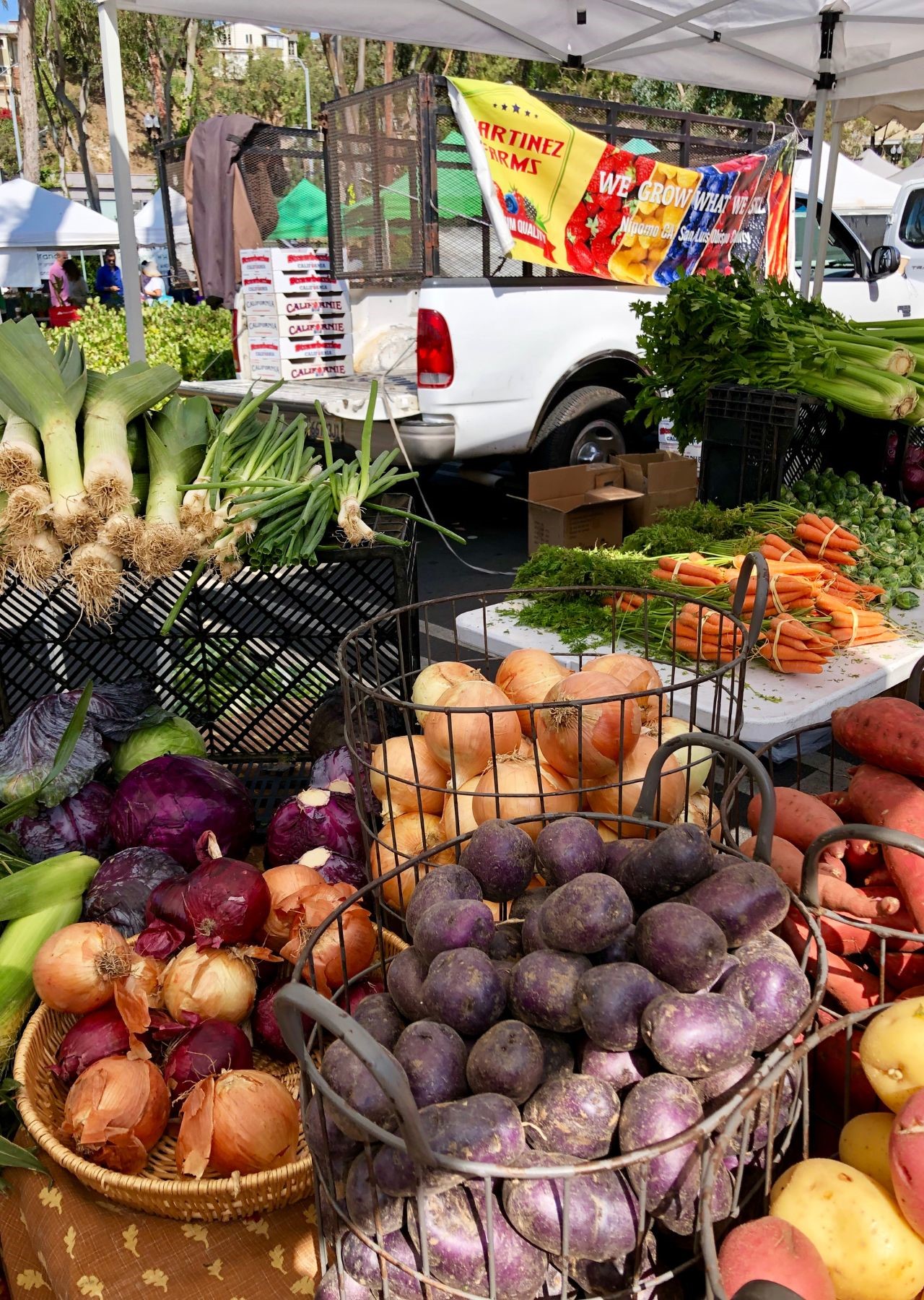
Rediscover rare plants
One way to increase the variety and health benefits of your diet is to try some new fruits, vegetables, grains and legumes. Supermarkets may sell standard varieties of carrots, celery, broccoli, apples, beans and rice, but you’ll find amazing plant diversity at your local farmers’ market, CSA (Community Supported Agriculture) or even your own market by growing Seeds for the home garden. Lemon cucumbers, broccoli rabe, purple carrots and zebra tomatoes are just a few examples of the unusual produce varieties you’ll find. This also extends to staple foods such as dried beans, colored rice and purple corn. In addition to new varieties of common foods, you can also find complete varieties of plants you may not have tried before, such as Jerusalem artichokes, dandelions, and lilies. You can also try traditional plant-based protein-rich foods such as tofu (made from soybeans), tempeh (see below), and seitan (made from wheat). The good news is that many grocery stores are working to increase their plant-based food offerings, so keep looking for them at a market near you.
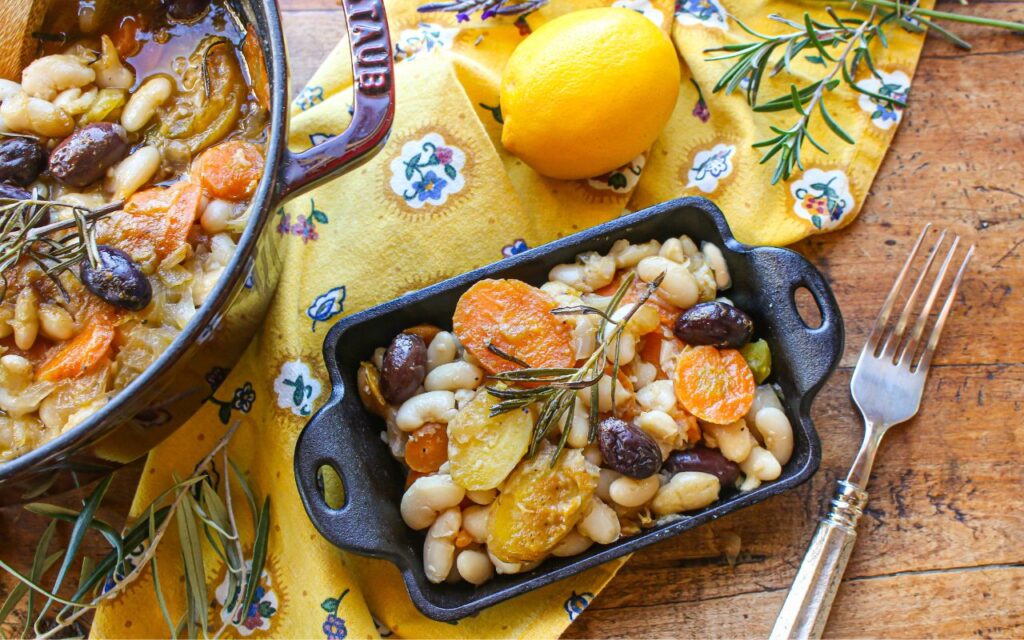
Four Plant-Based Foods Worth Rediscovering
Try these four plant-based foods—which have been around for hundreds of millions of years but may be new to you—to push the limits of nutrition and food this year.
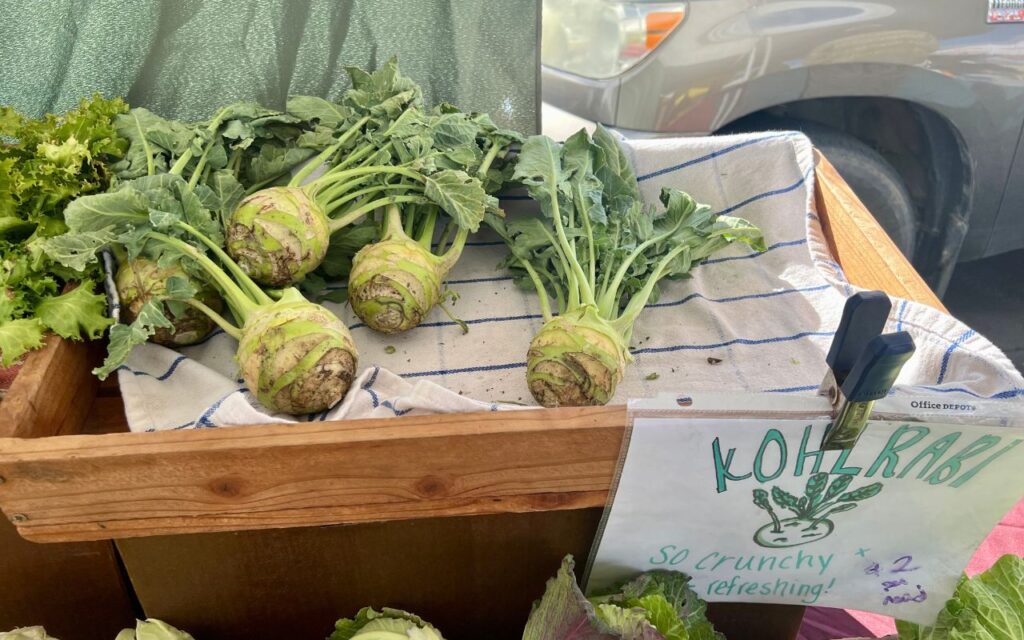
kohlrabi
Kohlrabi is part of the famous family of healthy cruciferous vegetables, along with cabbage, cauliflower, kale and Brussels sprouts. Originating in Europe, this knobbly, whitish-green bulb is known as the “German radish” because of its resemblance to a radish; its literal meaning is “cabbage radish.” Kohlrabi has a crunchy, slightly sweet radish-like flavor. This delicious vegetable is low in calories but rich in fiber, vitamins A, C, K and B-complex vitamins. Additionally, kohlrabi contains phytochemicals that have been linked to cancer prevention. If the vegetables are fresh, you can use them like any other vegetable—raw in salads, sautéed, or steamed.
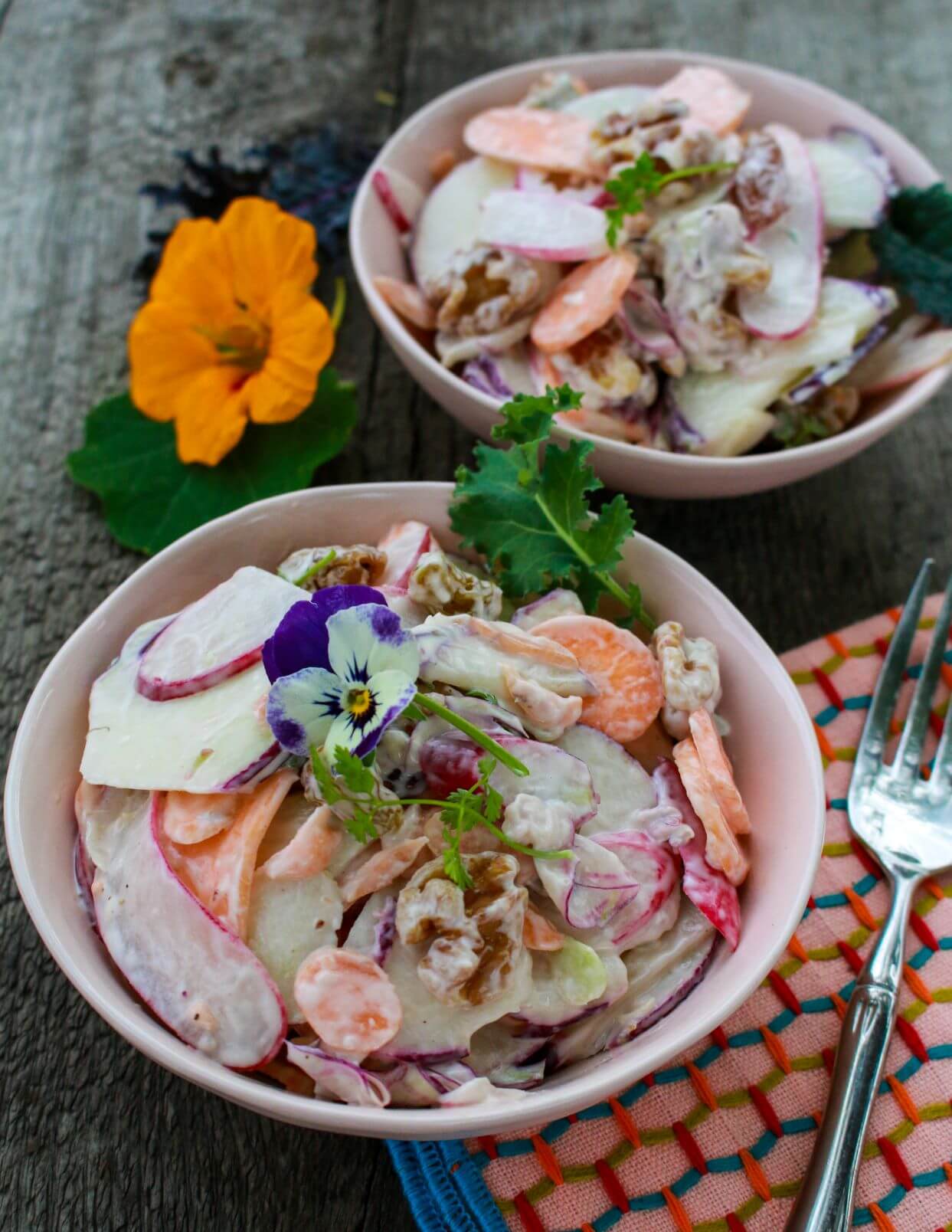
Cut the crunchy bulbs into strips or slices and serve with vegetable platters for dipping, braised in soups or stews, roasted as a side dish, or sautéed in stir-fries. Learn more about kohlrabi here.
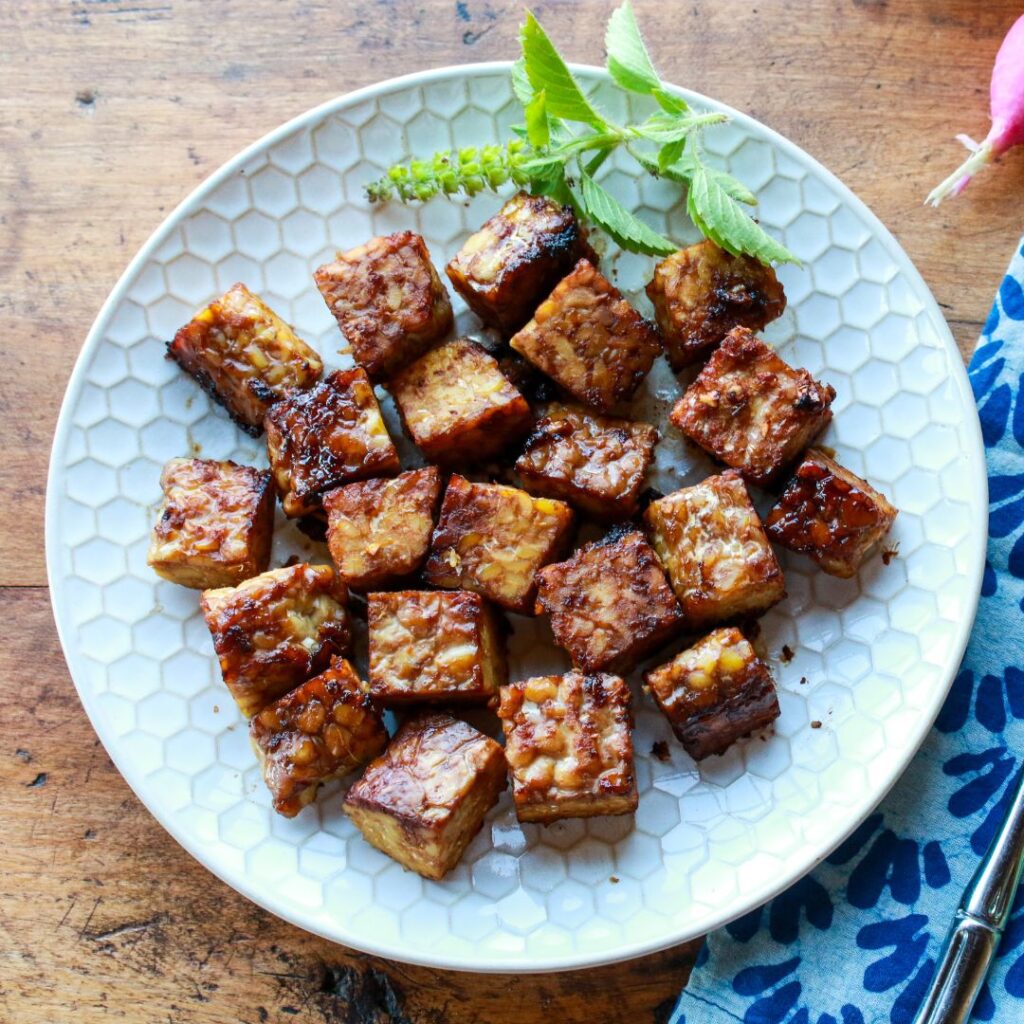
Tempeh
Tempeh (pronounced temp-ay) is a traditional Indonesian fermented soybean and grain food that comes in neat pressed blocks, perfect for slicing as a meat substitute. It has a rich (due to fermentation), mild nutty flavor and firm texture. You can increasingly find tempeh next to tofu in the refrigerated section of many supermarkets, and you can find tempeh as an ingredient in many tempeh products, such as tempeh bacon, seasoned tempeh, and tempeh entrees. Made from whole, real plant foods (soybeans and whole grains), tempeh is rich in nutrients and can be a great asset to your healthy diet. One of the great things about tempeh is its nutritional profile: a 1/2-cup serving contains 160 kcal, 15 g protein, and 9 g total fat, not to mention vitamins, minerals, fiber, phytochemicals, and active cultures produced by fermentation .

Cubed or sliced tempeh is a great addition to stir-fries, casseroles, stews, pizza, curries and pasta dishes. It’s especially good with dishes with vibrant sauces that soak up the flavors of the recipe. You can also marinate, bake, or grill tempeh to make sandwiches, salads, bowls, or wraps. Learn more about tempeh here.
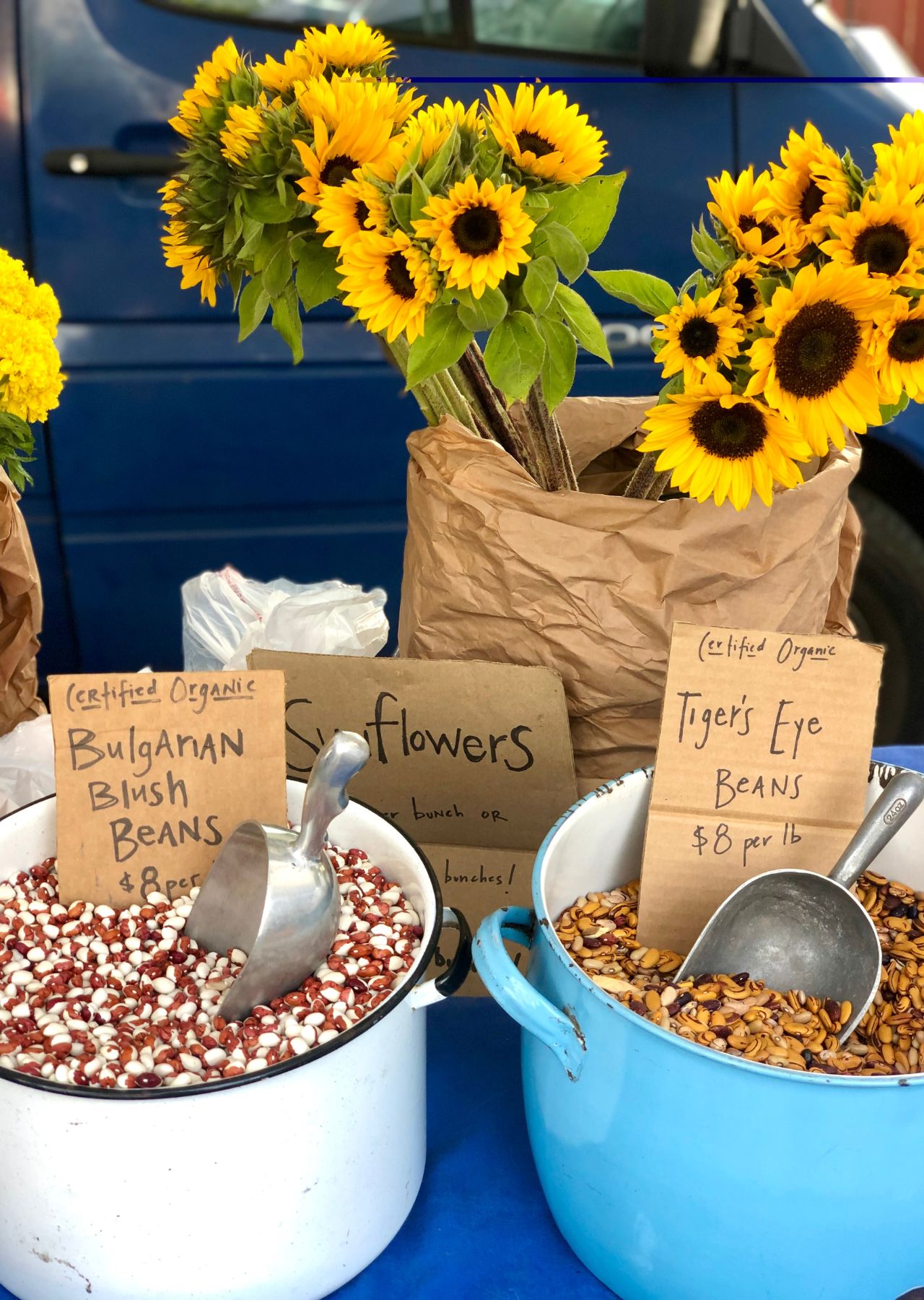
heirloom beans
You may already know about the humble staple legume, a cornerstone food in diets around the world, from chickpeas in Greece to lentils in India and pinto beans in Mexico. In fact, legumes were part of the original Neolithic founding crops of human civilization, allowing societies to form out of a secure food source. Beans are cheap, shelf-stable, and super sustainable because they are a natural fertilizer for the soil.but what is family heirloom beans? These refer to the many unusual varieties of beans that have been passed down from generation to generation by the farmers who grew and cherished them. There are hundreds of varieties, such as rattlesnake beans, orca beans or goat’s eye beans, each unique in texture, color and flavor. Find them in supermarkets, natural food stores, online, or grow your own. Although each type of heirloom bean has slightly different nutritional profiles, overall, they are one of the most nutrient-dense foods on the planet. One cup of cooked beans contains at least 20% of the Daily Value (DV) for fiber, folate, and manganese; at least 10% of the DV for protein, potassium, iron, magnesium, and copper; and for selenium and zinc. 6-8%; and phytochemicals such as alkaloids, flavonoids, saponins, tannins and phenolic compounds. There’s no question that regular legume consumption has health benefits, including lowering blood cholesterol and weight, as well as lowering the risk of heart disease, high blood pressure, diabetes and some types of cancer.
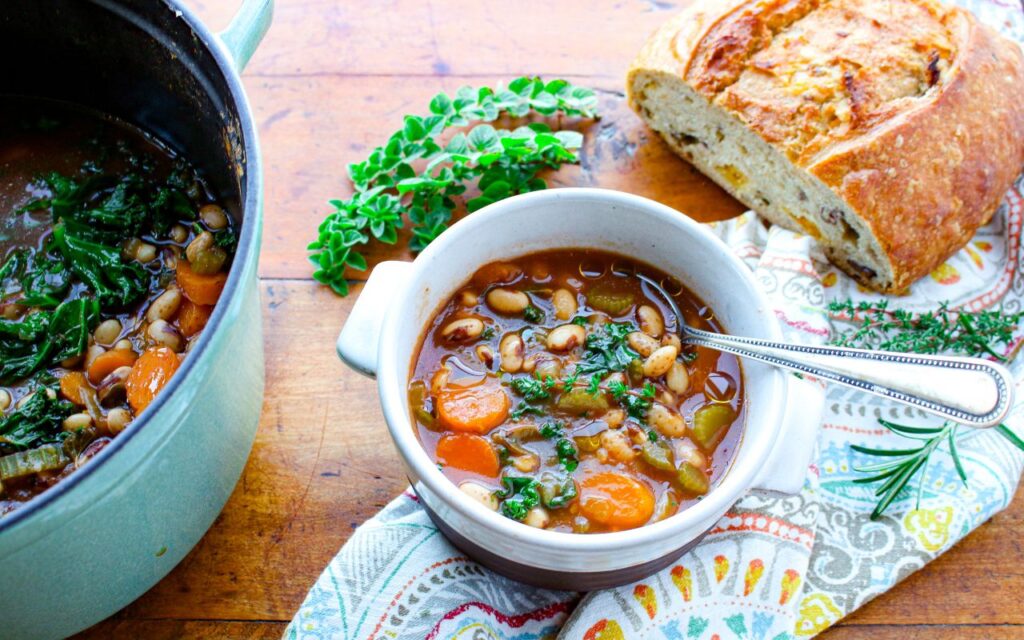
Heirloom beans are versatile and can be used in a variety of dishes. Usually available in dry form, simply soak in water overnight, pour off the water, then add fresh water and cook for about 1-1 ½ hours until soft on the inside and firm on the outside to rehydrate. You can also use the Instant Pot to fully cook dry beans in under an hour. Cooked beans can be added to soups, stews, chili, baked bean dishes, grain bowls, pastas, salads, wraps, and more. Boil a pot of beans and enjoy them in a variety of ways throughout the week.
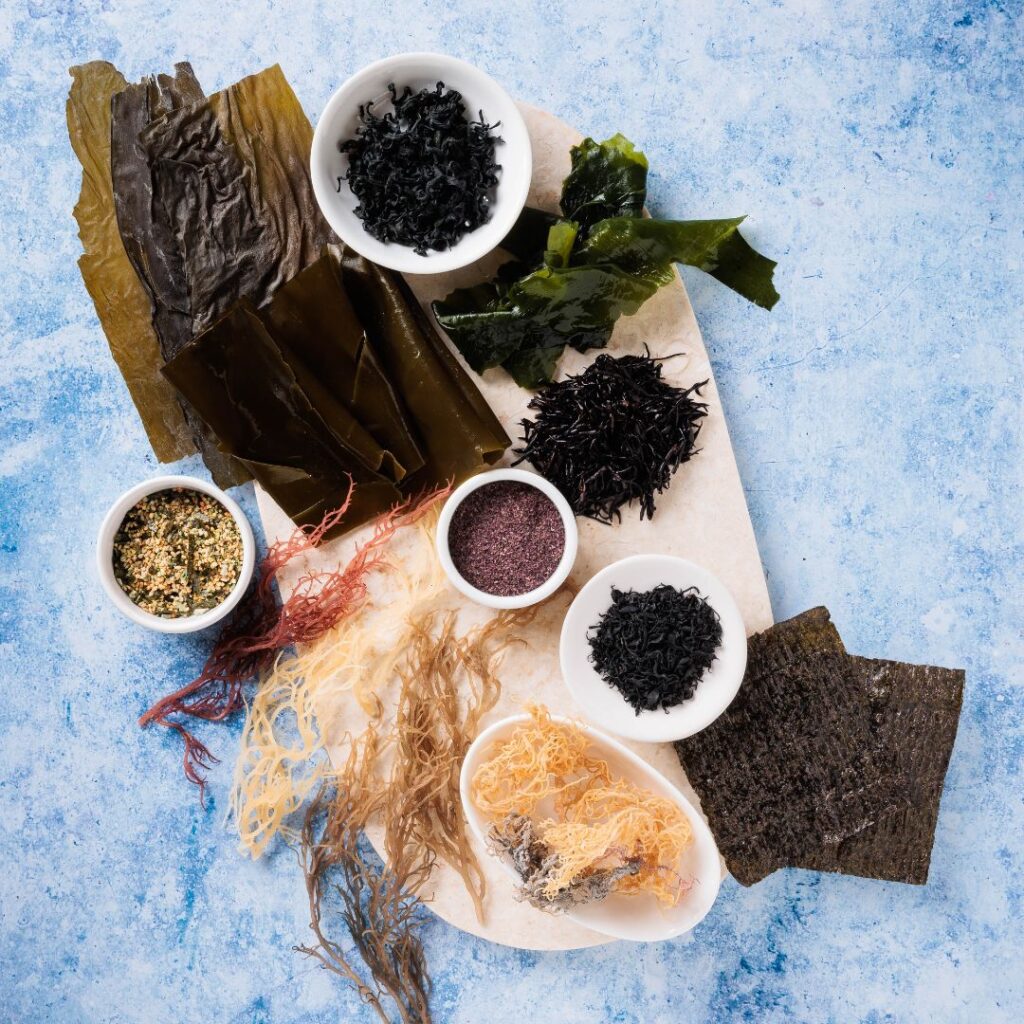
seaweed
Our beautiful big planet is covered by over 70% of the ocean, an incredibly rich and diverse ecosystem filled with life-nourishing food, from the smallest plankton to the largest whales. Seaweed is actually brown, red or green seaweed. Throughout history, people around the world have understood how important harnessing seaweed is to their survival. Asian countries have used seaweed in dishes such as sushi and salads for centuries. Pacific Islanders mix it with vegetables. In the British Isles, seaweed is eaten with oatmeal. What’s really interesting is that seaweed provides a rich, sustainable food source that can be grown without the need for land, irrigation or chemicals. While each type of seaweed has slightly different nutritional profiles, in general they contain fiber, vitamins A, C, E, and K, calcium, folate, iodine, iron, magnesium, niacin, omega-3 fatty acids, and protein . They also have unique nutrients such as enzymes, sulfur, and antioxidant compounds associated with health benefits. Studies show that seaweed can reduce inflammation and reduce the risk of cancer, heart disease, and obesity.
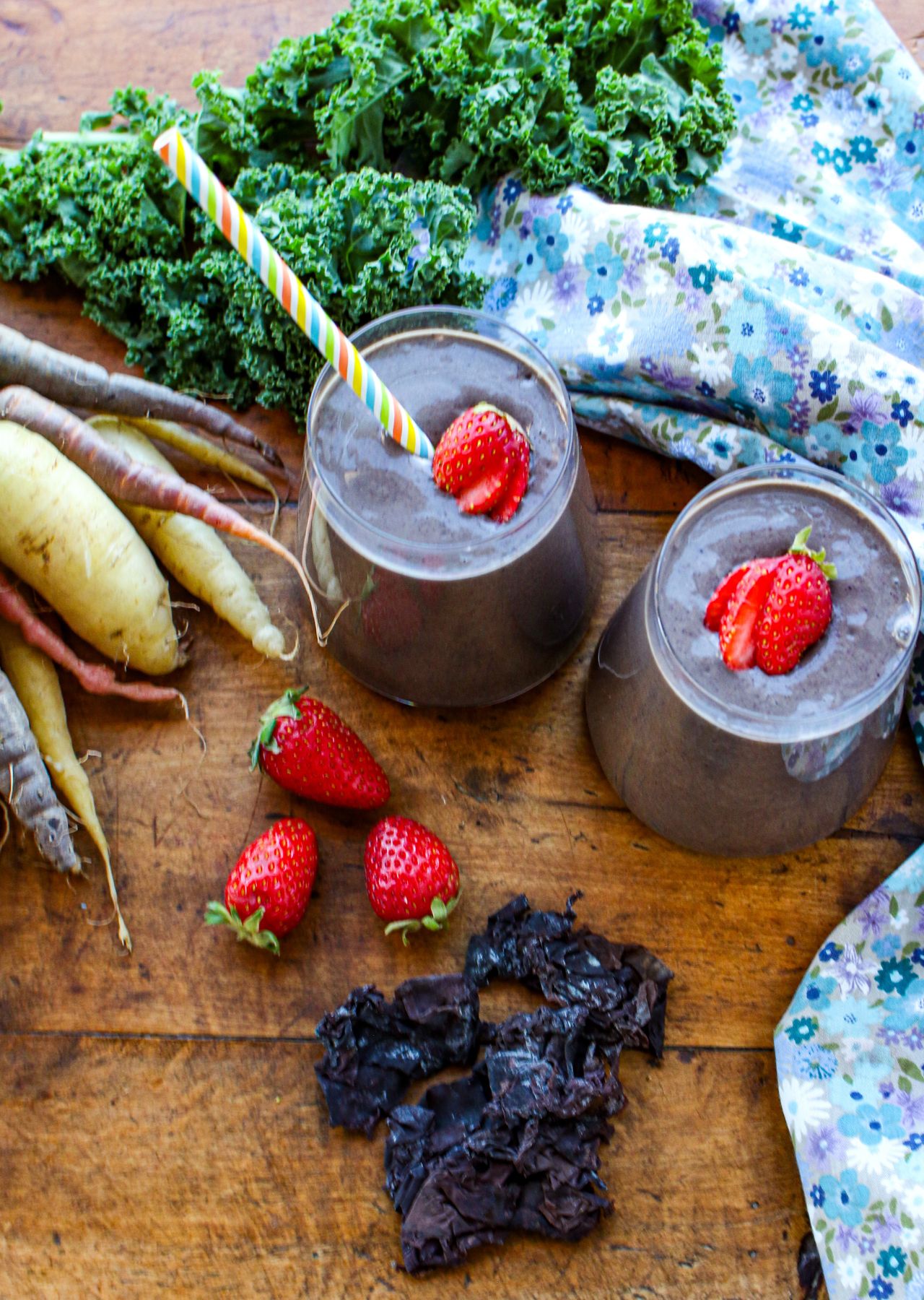
Try eating like a mermaid! Sprinkle dried seaweed flakes on avocado toast and popcorn, stir it into smoothies, sprinkle seaweed granules over salads and grain bowls, add seaweed to soup or salads, and wrap sushi rolls with seaweed flakes. Learn more about seaweed here.
Try these additional recipes featuring kohlrabi, tempeh, heirloom beans, and dried seaweed:
